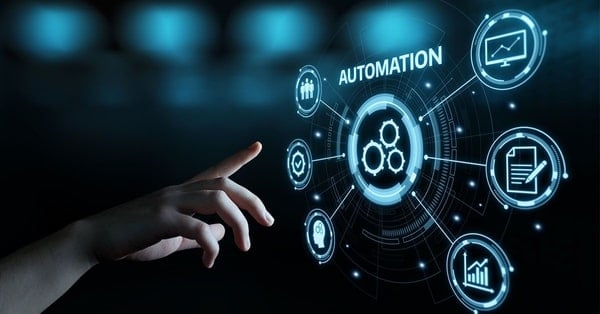
How Automation Technology Is Changing the Way Businesses Operate
April 22, 2021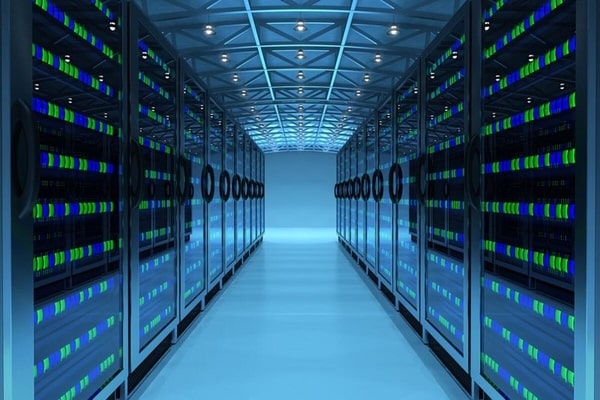
What Is Data Center Density and Why Is It Important?
April 29, 2021The world of technology and information continues to make leaps and bounds in many different aspects. We are all creating and consuming more information than ever before, and modern technology continues to bring us this data at faster speeds. As more information is available to us; data centers will consume even more energy than it has in the past. Efficiency improvements will continue to be a significant focus for the data center industry and all industries that rely on data centers.
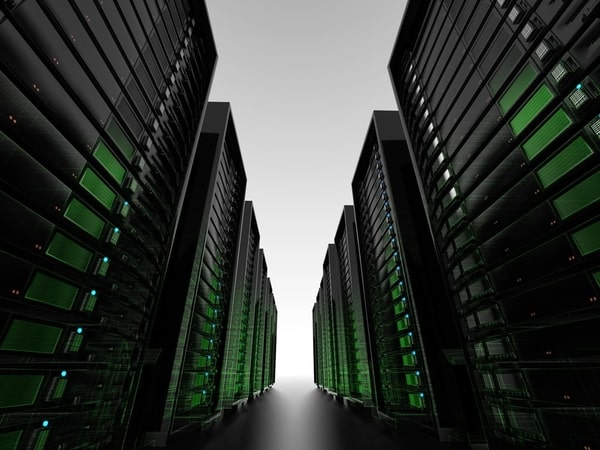
Why Is It Important for Data Centers to Be Energy-Efficient?
The world of modern business in most industries relies on data center services in one form or another. We live in a world that revolves around data. 97% of Americans own a cellphone, and 85% of Americans own a smartphone. In 2011, the number of people in the United States that owned a smartphone was 35%. We are creating and producing more data than ever before. Streaming services, text messages, social media, Most businesses have an online presence that helps sell their goods and services.
The amount of data that is we create makes it more evident how important the data centers are. It’s estimated that the amount of data in the world reached 44 zettabytes in 2020. By 2025, it’s expected that we will generate 463 exabytes of data each day. Four of the largest companies in Google, Facebook, Microsoft, and Amazon are currently storing 1,200 petabytes of data. And businesses are booming through their internet presence as $1 million is spent every minute on the web. It’s also estimated that there will be 75 million Internet of Things devices in the world by 2025, and by 2030 nine out of ten people above age six will be digitally active. Our lives revolve around the creation and consumption of data causing a continued need for data center operations.
The total amount of electricity usage for data centers totaled about 205 terawatt-hours in 2018. This means is data centers are responsible for 1% of all consumed electricity used worldwide. Data centers are a vital part of modern businesses and will continue to grow in usage, but the industry is focused on improving efficiency.
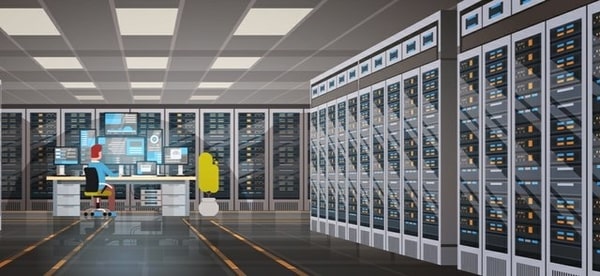
How Can a 3D Model Improve Data Center Efficiency?
Several different industries use simulators for various purposes. A simulation is a model or an accurate representation of something. There are simulator games (some more realistic than others) that can bring users into the world of their choosing. There are farming simulators, railroad building simulators, PC building simulators, cooking simulators, and more. Airplane pilots use a flight simulator to learn how to fly a plane. A simulation can teach users the skills they need as they figure out a specific trade. But what if a simulator can help you with your current job? This is what the digital twin aims to do for the data center industry.
There is a lot that goes into managing a data center. The role of a data center manager is to supervise the team of employees within the data center facility. They oversee all computer hardware which includes environmental control equipment (monitors, airflow plans, humidifiers, air cooling), servers racks, redundant power sources, cable management supplies, and all computer and network equipment. This also includes routers, switches, firewalls, and modems.
There is a multitude of different configurations that can be executed to operate a data center. There are different ways to utilize the allotted space, different ways to configure cooling, different ways to utilize airflow resources, and more. And all of these configurations could change several different times over the years. This makes managing a data center more complex than many people realize.
Uptime Institute reported that 66% of data center operators had to deal with a severe outage or service degradation in 2020. And as rack density continues to increase it will put more make data center management even more complex. This could potentially affect service delivery time. This is where a data center 3D model or a digital twin can help with management and efficiency.
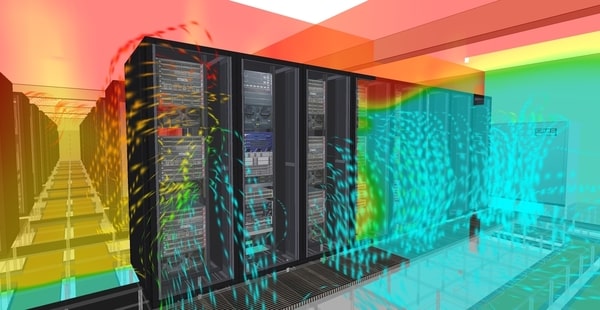
What Is a Data Center Digital Twin?
A data center 3D model is a computer simulation that replicates the physical data center giving data center managers a more detailed look at the entire operation. One of these models is known as a digital twin. This virtual replica of physical data consists of two different parts. The first is a 3D model with which users interact with. The second is a physics-based simulation that gives data center managers a look at the operation’s physical behavior and the behavior of the control system.
A digital twin is an asset database that details the entire IT infrastructure and all of its components in their exact locations. It will help data center managers plan, check on performance information, see how the system performs under normal and abnormal conditions, it can emulate how the power is being distributed, and more. It can lay out the different aspects of the data center operations and makes it easier to understand exactly what’s happening. These types of data innovations can help data centers run more efficiently.
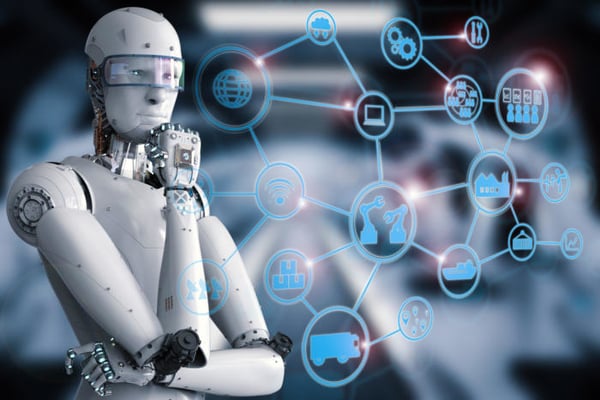
What Are Other Data Center Innovations Helping with Efficiency?
The data center industry has had its focus on data center efficiency for quite some time now. Data centers are starting to incorporate the power of artificial intelligence as a way to reduce downtime, continually monitor equipment, automate server optimization, improve cybersecurity, and conserve energy. Google has reported that it has reduced its energy consumption by 30% with its use of artificial intelligence.
Data centers are also utilizing the use of robotics to increase security and efficiency. These data center security robots also use artificial intelligence engines. Utilizing new technologies has been instrumental in improving data center operations. From 2010 to 2018, workloads and computing capacity increased six-fold, internet traffic grew 10-fold, storage capacity grew 25-fold, while data center energy usage only grew 6 percent. The data center industry is more efficient than most people believe. With the potential future usage of 3D models, simulation data centers will continue to increase efficiency.
